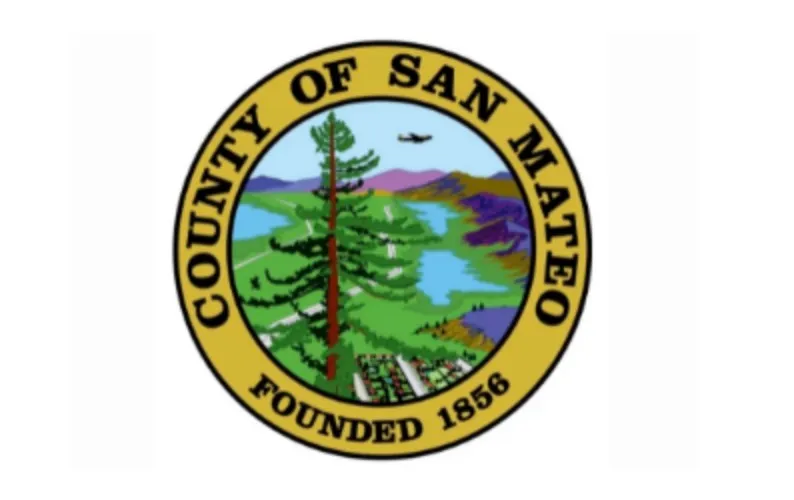|
Getting your Trinity Audio player ready...
|
ARTICLE from Gregg Dieguez.
Readers in Montara are about to see major increases in all of their water, sewer, and garbage rates. Half Moon Bay has already done major increases. More are likely.
San Mateo has a $1 billion Clean Water Program to upgrade a wastewater treatment plant for less than 25% of the county’s population, and more for other asset replenishment projects.
SAM had a major sewer spill, that could have cost over $7 million in fines, because under-maintained pipes failed.
The American Water Works Association reports that nationally rates will be TRIPLING – and that it will be WORSE on the West Coast. What’s going on?
A simple Q&A will illustrate the causality at work:
- Q: Why are all the water and sewer agencies raising rates and borrowing so much money for infrastructure replenishment? A: Because they don’t have the money to pay for those projects.
- Q: Why DON’T they have the money to pay for those projects? A: Because the rates and connection fees they’re been charging aren’t high enough to cover both operations and maintenance, and ongoing asset replenishment.
- Q: Why AREN’T the rates and connection fees high enough? A: And this is where it gets interesting:
- Because customers and developers fight rate and fee increases. Hey, who wants to pay more? There have been complaints, even grand jury investigations, when public works agencies have “too many reserves”.
- Because when you raise rates, those pesky customers use less, and you don’t always get more revenue. It’s simple supply and demand; when you raise the price of a good, people consume less. But the infrastructure for a household doesn’t change, whether you drip or drench. And as long as water and sewer charges are volumetric, the agencies will face a revenue volatility mismatched with the continuity of their asset burdens.
- Because public works financial management has been looking at the short term, and not reserving for the longer term assets, which eventually reach a critical level. A standard practice when setting rates is to look at a five (5) year capital improvement plan – when the asset lifetimes may extend to 100 years. A standard practice when setting connection fees is to look at just the initial cost of the incremental investments needed to support a given project.
- Growth hasn’t paid its fair share toward the infrastructure it burdens.
So what SHOULD we do about future water and sewer rates, so we don’t have to double and triple the project costs by borrowing? Which in turn leads to a legacy of even HIGHER rates… And so that we don’t risk further sewer spills? Well, that will take another, more detailed financial article, but keep this simple truth in mind:
Water and sewer rates and connection fees have been too low, which is why systems are failing, and the reserves do not exist to fund them.
A future article will detail the financial management solutions, and why growth doesn’t pay for itself. Let’s call it: “Growth Is A Ponzi Scheme.”
See you then.
~ Gregg Dieguez
More Gregg InPerspective







This article is unsupported, ignorant of history and mostly false.
I would love a more specific response, August. Coastside Buzz gives everyone a voice in their own words. You can submit here in comments, or I can create a post for you. Im fairly well informed as I watch the public agency meetings, have lived here for 30 years and used to work for a local water engineer, but I am never afraid to be schooled! 🙂